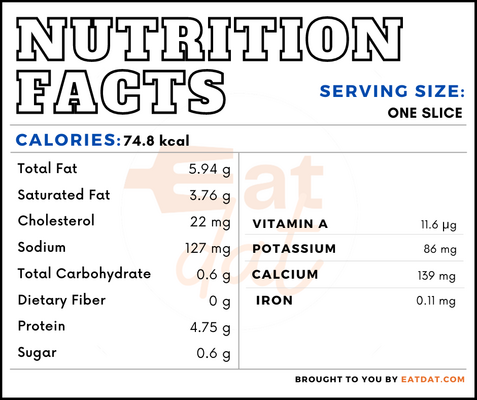
String Cheese
What is String Cheese?
String cheese is a specific type of cheese that is in the form of strands and is processed by aligning the proteins in the cheese together. This gives the cheese a specific texture and pieces can be pulled apart. There are many different types of string cheeses around the world, including korbáčiky, dil peyniri, chechil, tenili, quesillo, etc.
- In the US, it is usually produced with a combination of mozzarella and cheddar.
- Because of its format, string cheese is a popular lunchtime snack.
The top 10 most poplar string cheese brands are:
- Kraft
- Kroger
- 365 Organic
- Trader Joe’s
- Great Value
- Borden
- Organic Valley
- Happy Farms
- Good & Gather
Origin of string cheese
String cheese is an American invention. It was most likely invented by Frank Baker who owned the Baker Cheese company in Wisconsin, USA, started by his grandparents. The company began production in 1916 and sold cheddar. With the introduction of pizza by the war-returned soldiers from Italy, a local mozzarella made from cow’s milk was invented. The company began to produce mozzarella but soon enough Frank began to experiment. He cut off strips of the cheese, rolled and stretched them, and soaked them in brine, which gave it a stringy quality. He marketed it to the local bar in 1976, where it became popular. Today, it is a popular snack in North America.
Nutrition
Nutritional profile for string cheese – Queso Asadero (1 slice):

String cheese is rich in calcium, magnesium, phosphorous, potassium, sodium, vitamin A, and retinol. Regular consumption of cheese may help in combating inflammation, preventing osteoporosis and arthritis, decreasing the risk of fractures, and managing obesity.
Commercial production
The stringiness of string cheeses comes from the special process it undergoes. The cheese is prepared with milk, culture, and rennet. First, whey rennet is added to the milk for coagulation. The curdled milk is then heated up to 60 degrees Celsius, which allows the proteins to line up together, which gives the cheese its stringy quality. Then, the cheese is also pulled and stretched to enhance this quality. At this stage, it can be molded into bars, strings, or balls to be packaged.
String cheese must be stored in a sealed container in the fridge. At room temperature, it will not last longer than 4 hours.
String cheese recipes
String cheese is often used in a variety of dishes to give it that stringy and stretchy quality. It is convenient to use as a finger food. But it also works well as a melted cheese dishes served hot, including pastas and pizzas. Here are a few recipes to try:
- Künefe
- Cheese Sticks
- Salad
- Fatayer bil Jibneh
- Mamouniyeh
- Cheese & Mandarin Salad with Chivishtari
- Spinach Khachapuri
- Cheesy Jalapeño Flautas
- Nachos
- Bacon Wrapped Mozzarella Sticks
FDA regulations
There is no FDA definition of string cheese. However, mozzarella, which is often used to prepare string cheese, is defined as cheese prepared from dairy ingredients and containing at least 45 percent milkfat and 52 percent moisture. It must be pasteurized in the US. Cheddar, also used in the US for preparing string cheese, is defined as cheese prepared from dairy ingredients and containing at least 50 percent milkfat and 39 percent moisture.
References
Tanya Basu, The Secret Life of String Cheese, The Atlantic, https://www.theatlantic.com/technology/archive/2014/11/the-secret-life-of-string-cheese/383001/
Rozenberg, Serge et al. “Effects of Dairy Products Consumption on Health: Benefits and Beliefs–A Commentary from the Belgian Bone Club and the European Society for Clinical and Economic Aspects of Osteoporosis, Osteoarthritis and Musculoskeletal Diseases.” Calcified tissue international vol. 98,1 (2016): 1-17. doi:10.1007/s00223-015-0062-x, https://www.ncbi.nlm.nih.gov/pmc/articles/PMC4703621/
Ah, Jana, and Govind P Tagalpallewar. “Functional properties of Mozzarella cheese for its end use application.” Journal of food science and technology vol. 54,12 (2017): 3766-3778. doi:10.1007/s13197-017-2886-z, https://www.ncbi.nlm.nih.gov/pmc/articles/PMC5643830/
Dekker, Louise H et al. “Cheese and Healthy Diet: Associations With Incident Cardio-Metabolic Diseases and All-Cause Mortality in the General Population.” Frontiers in nutrition vol. 6 185. 17 Dec. 2019, doi:10.3389/fnut.2019.00185, https://www.ncbi.nlm.nih.gov/pmc/articles/PMC6927928/
